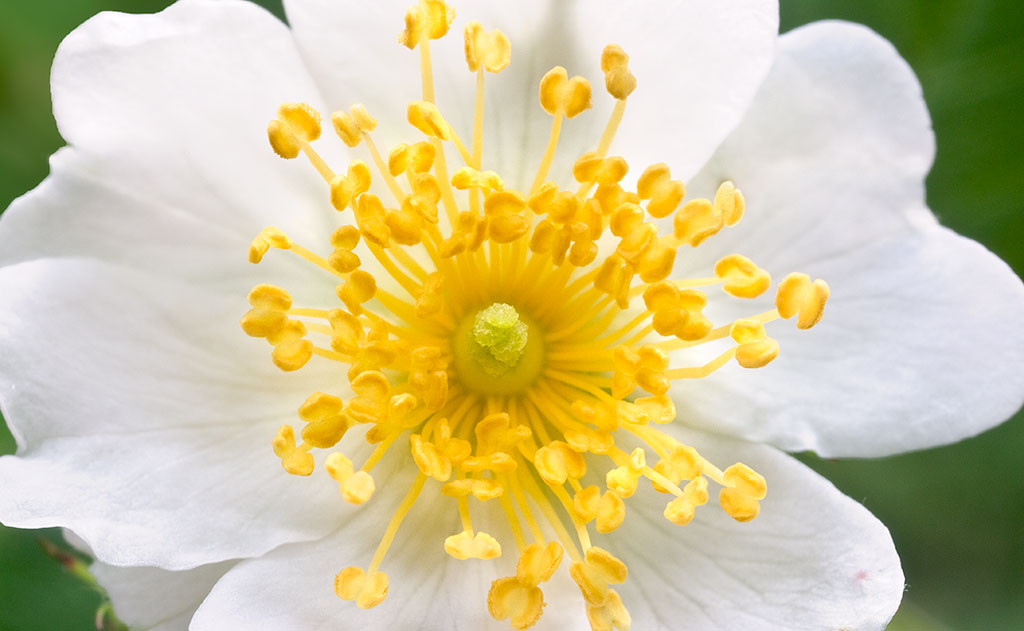Multiflora Rose
This rose, originally from Asia, can be seen blooming now across much of North America. Starting more than a century ago, it was planted across the US — for many … Continued

This rose, originally from Asia, can be seen blooming now across much of North America. Starting more than a century ago, it was planted across the US — for many … Continued
At the PGT we prefer to feature plants that are natives i.e. plants that occur naturally in a given area. If exotics show up and are well behaved (i.e. not … Continued
At the PGT we feature natives, i.e. plants that occur naturally to a given area. One non-native that we tolerate is Siberian Iris. It’s well behaved and isn’t invasive. We … Continued
I saw the first blooms of this wild iris yesterday along the edge of Potter’s Lake. This native wildflower is much better behaved than the invasive exotic Yellow Iris. Decades … Continued
Invasive exotics replace native plants by overwhelming them and taking over. This reduces the variety plants and animals and leaves us and the environment impoverished. One example is Bush Honeysuckle. … Continued
Invasive Exotics are introduced species that spread aggressively and harm the environment. They are increasingly common in everyone’s backyard. At the Prairie Garden Trust (PGT) we want to show the … Continued
Today we’re going to burn the 43-acre prairie on the northern edge of the Prairie Garden Trust (PGT). Controlled burns are a wildly popular land management tool. After 3 decades … Continued
We got a bunch of new native plants from Merv Wallace at Missouri Wildflowers Nursery yesterday. Neil and Matt are going to plant these wildflowers and grasses around the PGT … Continued
Despite years of working hard to find and destroy invasive exotic plants at the PGT, their variety and numbers are increasing. An ideal time to find exotics is now; before … Continued
We just put up the new map display on the porch at the PGT Center, along with the map brochures. In a few weeks we hope to install the new … Continued